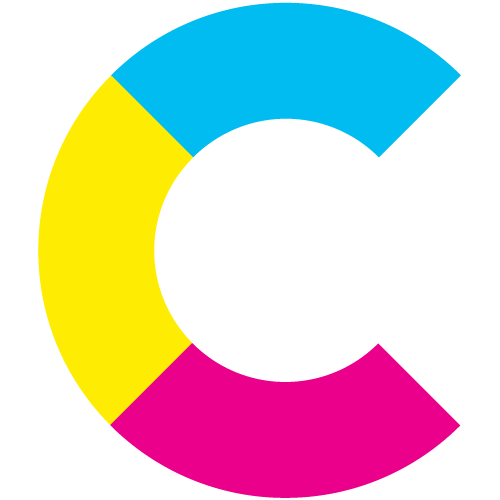Remote Interview Lighting Made Simple
Filming a remote interview is commonplace these days. After all, why travel across the country, or halfway around the world, if you and your interviewee can get just as good of a result remotely? Well, therein lies the rub. Your subject can become so focused on interviewing that they overlook bad lighting, resulting in the viewer paying more attention to how the interview looks instead of what’s being said.
Luckily though, great remote interview lighting doesn’t require a ton of heavy-duty lighting or camera adjustments. Once you understand the fundamentals of lighting and the relationship between the light source and the subject, you can make small adjustments that make a world of difference.
Tapping the great outdoors for natural light
So, you're thinking of taking your remote interview outdoors? Great choice. But before you record one second of footage, you need to think about the logistics. And perhaps the biggest issue is audio. Unlike studio shoots that can call for “quiet on set,” an outdoor shoot can become tricky when unexpected noises appear. So, find a location that’s going to give you the most reliable audio quality (for example, away from heavy traffic or crowds).
Beyond that, you have to consider your source of light; the sun. Its impact is affected by the time of day, and the relation of the subject to the great glowing orb. Here, timing is everything, and it starts with something that every production knows about all too well…
The Golden Hour
Filmmakers and photographers think of the golden hour as the most magical time of day to shoot. It takes place when the sun is low in the sky, first at dawn and then again at dusk. Shooting at this time casts a warm, flattering glow that makes your subject, and the surroundings, look so good.
During golden hour, it's best to have your subject facing the sun. That way, the sun's rays give your interviewee a gentle glow. If the subject is facing away from the sun you’ll get something called backlighting, which while a great effect for certain scenes, is not ideal for an interview. You really don’t want them in silhouette (unless they’re a whistleblower hiding their identity, but that’s a rare occurrence).
Be warned though, golden hour does not last an hour. Usually, you’re going to have about 15 minutes to get this done, so prep well. You need to be ready to say “action” the second that golden hour begins. There are countless tales of expensive set-ups and prep being wasted due to poor planning.
If you miss the golden hour, you’re stuck filming with bright sunlight. You need to brace yourself for some harsh lighting, eyes squirting, and blown-out background exposure. Not exactly ideal, but you have options. Look for spots with natural light diffusion, like under a tree or in the shade, and if you can swing it look for a shaded background as well.
Bringing the outdoors inside
The indoors is going to be where you film most of your remote interviews. It’s simply the most logical option as you have far more control of the lighting and sound. And we can spilt this into two light sources:
Window light
Every filmmaker wants natural light if it’s at all possible. It just illuminates the subject and the scene so much better. And when it comes to windows, usually the bigger the better. For example, a quiet area of the building with large patio windows.
Once again, where the subject is positioned in relation to the light source is key. They should be facing it (but far enough away to keep the windows out of shot), or perhaps being lit from an angle that gives a more dramatic look. But if it’s the camera that’s facing the light, you’re back to the problem of backlighting and the subject in shadow. You can also use little tips and tricks to help, including curtains and blinds that can be adjusted for the best lighting. Overall, this is the ideal choice for an indoor remote interview.
Room light
We could also call this unnatural light and with good reason. It’s often the last resort, although on the plus side, it does give you incredible control of lighting a video interview.
Now, let’s start with the best way to use room light. You can illuminate the scene with lamps and other plug-ins that can be easily moved to various positions. Here you can see lighting effects that can be achieved by moving your light sources. Some get unflattering or downright menacing when lit from above, so avoid that unless it’s what you’re aiming for. And if you want to go all out, you can use professional lighting equipment including softboxes, gels, light reflectors, and boom arms.
And that’s all there is to it. Remote interview lighting isn’t complicated when you just remember these key points:
Film in natural light when you can
Use the golden hour for the best lighting
Find shade when the sunlight is bright
Ensure your subject is facing the light
Avoid overhead lighting
Use window light indoors before room light
Use portable room lights for more control
With some creativity, good planning, and a touch of that golden hour magic, you can create content that shines.


